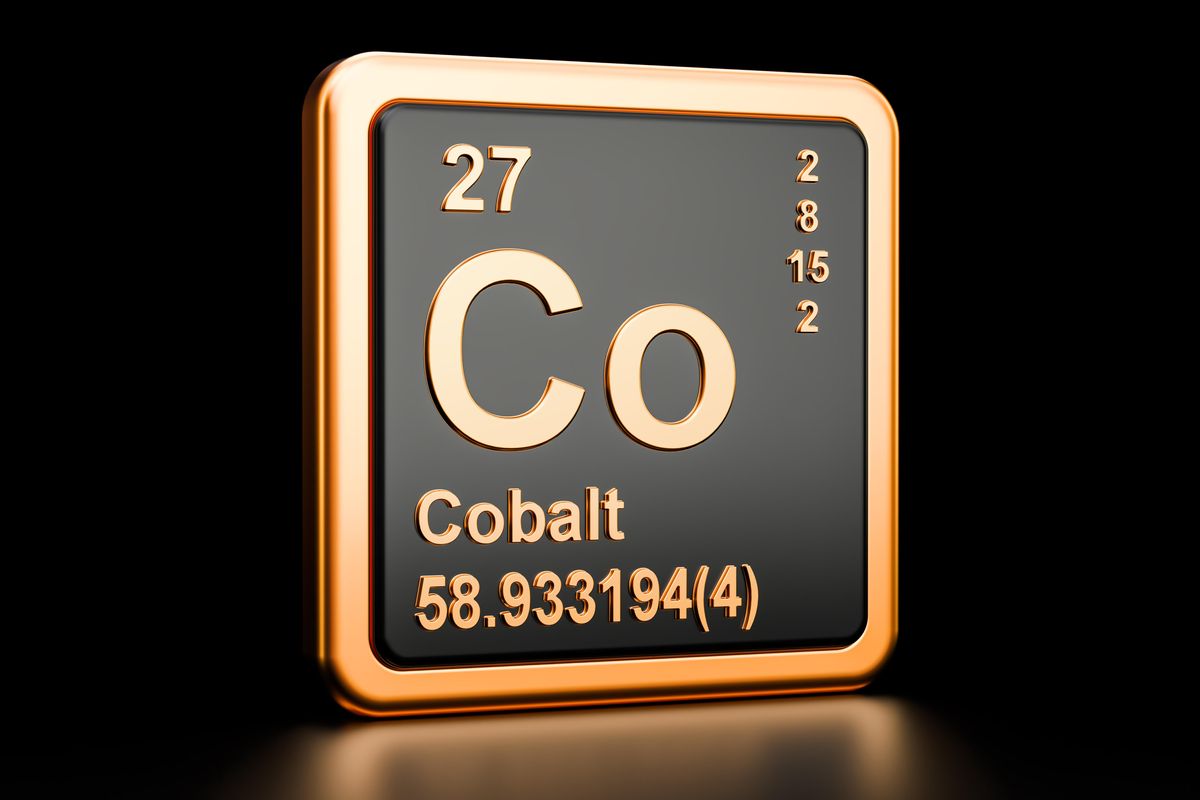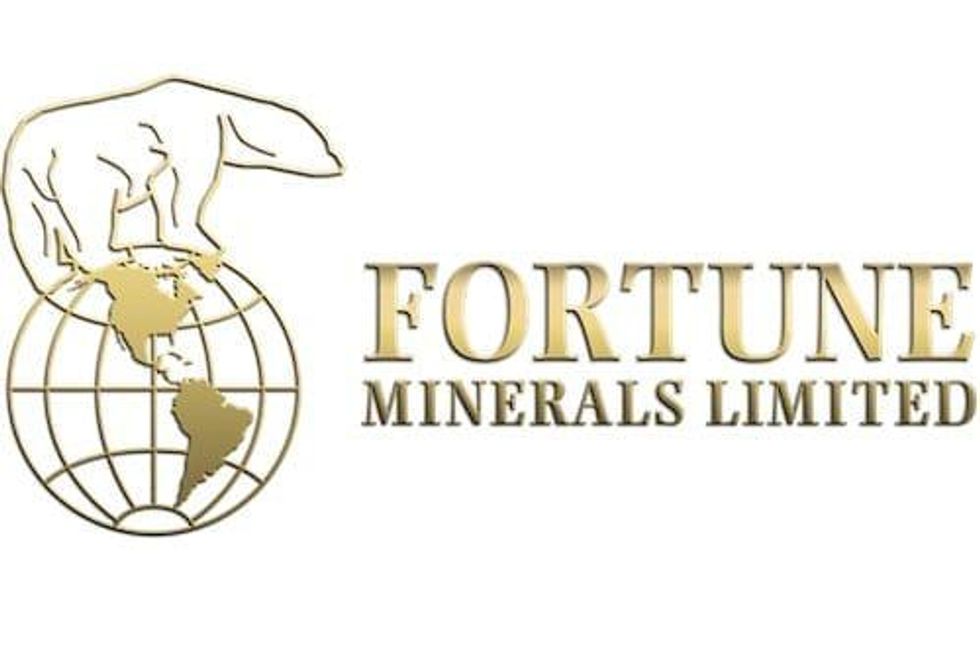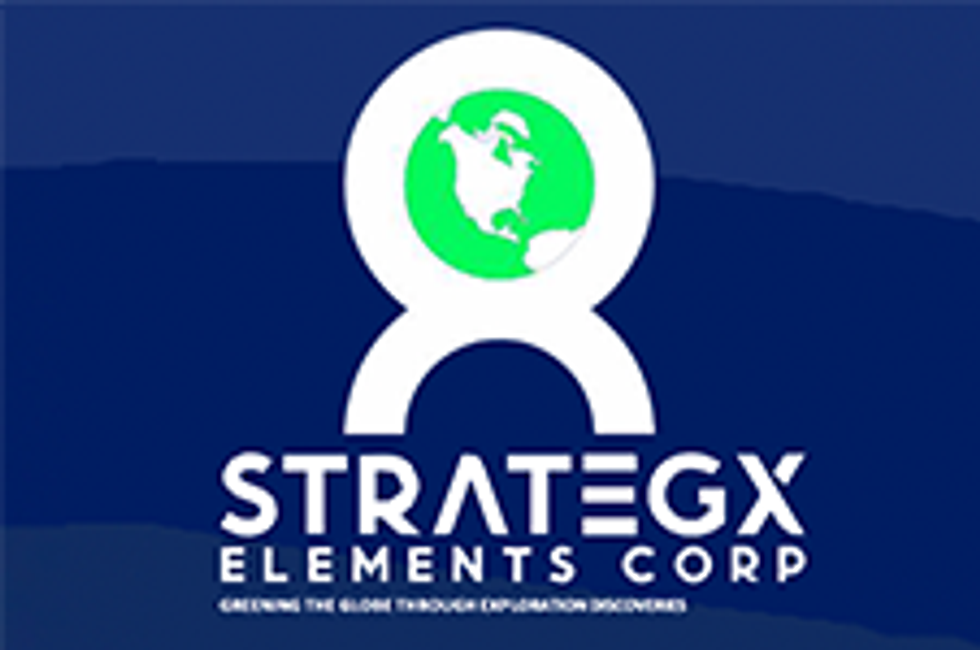- AustraliaNorth AmericaWorld
Investing News NetworkYour trusted source for investing success
Galan Lithium
International Graphite
Cardiex Limited
CVD Equipment Corporation
- Lithium Outlook
- Oil and Gas Outlook
- Gold Outlook Report
- Uranium Outlook
- Rare Earths Outlook
- All Outlook Reports
- Top Generative AI Stocks
- Top EV Stocks
- Biggest AI Companies
- Biggest Blockchain Stocks
- Biggest Cryptocurrency-mining Stocks
- Biggest Cybersecurity Companies
- Biggest Robotics Companies
- Biggest Social Media Companies
- Biggest Technology ETFs
- Artificial Intellgience ETFs
- Robotics ETFs
- Canadian Cryptocurrency ETFs
- Artificial Intelligence Outlook
- EV Outlook
- Cleantech Outlook
- Crypto Outlook
- Tech Outlook
- All Market Outlook Reports
- Cannabis Weekly Round-Up
- Top Alzheimer's Treatment Stocks
- Top Biotech Stocks
- Top Plant-based Food Stocks
- Biggest Cannabis Stocks
- Biggest Pharma Stocks
- Longevity Stocks to Watch
- Psychedelics Stocks to Watch
- Top Cobalt Stocks
- Small Biotech ETFs to Watch
- Top Life Science ETFs
- Biggest Pharmaceutical ETFs
- Life Science Outlook
- Biotech Outlook
- Cannabis Outlook
- Pharma Outlook
- Psychedelics Outlook
- All Market Outlook Reports
How to Invest in Cobalt in Australia (Updated 2024)
Australia is the world's fourth biggest producer of cobalt, and as companies look for ethical cobalt sources outside the DRC, the country's role is set to keep growing.

Demand for cobalt has been trending upward in recent years, and analysts remain bullish on the key raw material, whose most-discussed role is in batteries for electric vehicles (EVs) and other electronics.
EV sales are increasing, and these vehicles require lithium-ion batteries to run. Typically, around 9 kilograms of cobalt are used to manufacture each battery, although one battery alone can have as much as 20 kilograms. As long as demand for EVs continues to go up, so too will demand for cobalt — and the EV boom has only just begun.
Cobalt is also key in several different alloys with a variety of uses, including in gas turbine engines and magnets. Particularly tough cobalt alloys, such as tungsten carbide and chromium-cobalt, can be used to cut and drill steel.
So where should keen investors look for exposure to this promising metal? The Democratic Republic of Congo (DRC) has long been the top producer of cobalt worldwide; according to the US Geological Survey, it accounted for about 130,000 tonnes — or about 70 percent — of cobalt production in 2022. However, the DRC’s mining industry is known for unsustainable practices and unchecked labour abuses, including child labour. The country cannot maintain its current level of production indefinitely, and many conscientious investors are seeking more ethical alternatives.
Australia is one such alternative. Australia contains about 18 percent of global cobalt reserves, but is currently responsible for only about 3 percent of global cobalt output. Between the country’s sustainable mining practices and its de-risked ventures, Australia is a strong pick for shrewd investors interested in the cobalt-mining industry.
What is cobalt?
Cobalt has been used since antiquity for its bright blue colouration, but was only officially discovered in 1742 by Swedish chemist Georg Brandt. Up until 1874, European mineral deposits were the primary sites of cobalt production. That year, Europe was overtaken by New Caledonia, and in 1905, Canadian deposits of cobalt pulled ahead. Since around 1920, the DRC has been a major global producer of cobalt, and its cobalt-mining legacy has continued to this day. Another contemporary cobalt behemoth, China, has only made its mark as a leading producer within the last couple of decades.
In the early 20th century, cobalt’s primary application began shifting away from cosmetic purposes and toward technological pursuits. For example, in 1930, cobalt alloys containing a mixture of cobalt, aluminium, nickel and iron were first used to make high-powered permanent magnets. Other alloys featuring the battery metal were soon discovered to have varied uses for building electrical equipment and electronic devices.
Cobalt is mainly found in compounds, such as cobalt arsenide, cobalt sulpharsenide and hydrated arsenate, and despite its important usage in EVs, is predominantly used for alloy production. Generally, cobalt does not come from cobalt mines — in fact, 98 percent of global cobalt is produced as a by-product at nickel and copper mines. Copper mines account for about 60 percent of global cobalt output, and nickel mines deliver around 38 percent.
Does Australia have a lot of cobalt?
According to Australia’s 2020 list of critical minerals projects, the country houses 68 cobalt-focused projects.
The largest is Glencore’s (LSE:GLEN,OTC Pink:GLCNF) Murrin Murrin nickel-cobalt mine, which launched in 1998 and is located in the Northeastern Goldfields region of Western Australia. Murrin Murrin uses conventional open-pit mining for its resource extraction, and it processes and refines cobalt ore on site.
The mine produces an impressive 50 percent of the country’s cobalt. In 2022, Murrin Murrin produced about 35,700 tonnes of nickel, alongside 3,000 tonnes of cobalt as a by-product. In the first half of 2023, Glencore produced around 21,700 tonnes of cobalt between all of its operations, including those in the DRC. In addition to producing cobalt, the company also processes and recycles cobalt-containing materials.
Another notable cobalt property in Australia is the Broken Hill project, a new mining endeavour owned by Cobalt Blue Holdings (ASX:COB,OTC Pink:CBBHF). This project is unique for its emphasis on cobalt production — cobalt will be directly produced at the site, rather than extracted as a by-product of nickel.
Broken Hill is scheduled to begin production in 2026, and is anticipated to put out around 4,000 tonnes of cobalt annually over a 20 year lifespan. The project is also expected to have annual sulphur output of 300,000 tonnes.
Broken Hill’s cobalt production process will include concentration, leaching, calcining and product recovery. Importantly, Cobalt Blue will produce and refine cobalt at the site instead of sending the raw material to another country for refinement. The company believes this will help reduce the unethical labour practices along the cobalt supply chain.
Many other top cobalt-producing companies have active sites in Australia, including Panoramic Resources (ASX:PAN,OTC Pink:PANRF) and Australian Mines (ASX:AUZ,OTCQB:AMSLF). These companies are top nickel miners and strong producers of cobalt as a by-product.
What's the outlook for cobalt in Australia?
The Australian government is enthusiastic about the country’s move toward mining critical minerals, establishing a Critical Minerals Facilitation Office in January 2020 as part of a push for its burgeoning minerals sector.
Currently, Australia is the fourth biggest producer of cobalt worldwide at 5,900 tonnes in 2022; it also has the second largest reserves of the battery metal. According to the Australian government’s Critical Minerals Strategy 2023-2030, demand for cobalt could rise by 20 times by 2040. This means the country has the potential to scale up its cobalt production slowly and sustainably, situating itself as a major world player.
Between the exploding EV market and the continued trend toward electronics sales and digitisation, cobalt will likely remain a hot commodity in the mining world for years to come. Investors should be paying close attention to cobalt production, and particularly to cobalt mining in Australia, where strong cobalt output, new mining ventures and sustainable extraction practices are setting the country up for long-term success.
This is an updated version of an article first published by the Investing News Network in 2021.
Don't forget to follow us @INN_Australia for real-time updates!
Securities Disclosure: I, Matthew Flood, hold no direct investment interest in any company mentioned in this article.
- Top 3 Canadian Cobalt Stocks in 2023 ›
- How to Invest in Cobalt ›
- Cobalt Reserves: Top 3 Countries ›
- ASX Cobalt Stocks: 5 Biggest Companies ›
- Top 10 Cobalt Producers by Country ›
Outlook Reports
Featured Cobalt Investing Stocks
Browse Companies
MARKETS
COMMODITIES
| Commodities | |||
|---|---|---|---|
| Gold | 2317.59 | +1.29 | |
| Silver | 27.15 | -0.03 | |
| Copper | 4.49 | 0.00 | |
| Oil | 82.94 | +0.13 | |
| Heating Oil | 2.57 | +0.01 | |
| Natural Gas | 1.64 | -0.01 | |
Investing News Network websites or approved third-party tools use cookies. Please refer to the cookie policy for collected data, privacy and GDPR compliance. By continuing to browse the site, you agree to our use of cookies.
Matthew Flood is a writer and editor from Montreal, Canada. He's been writing professionally for four years on a wide array of topics ranging from investments and real estate to cookware and home improvement. Matt also enjoys creative writing and has written two novels and a novella.
Learn about our editorial policies.



